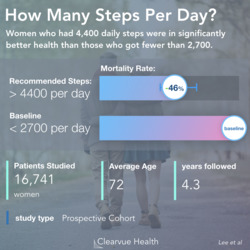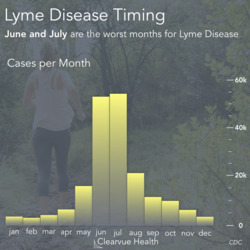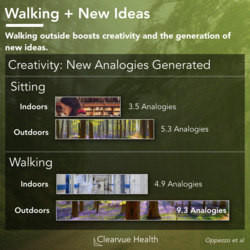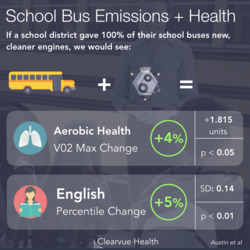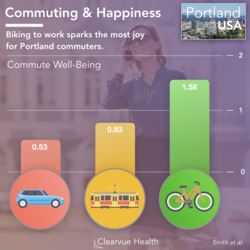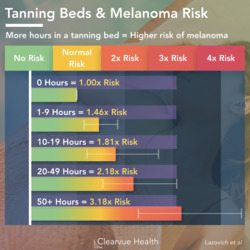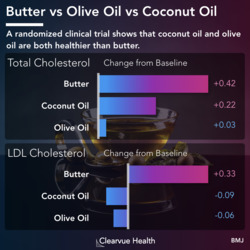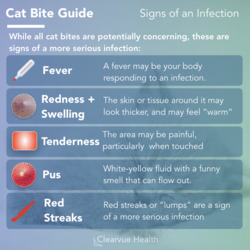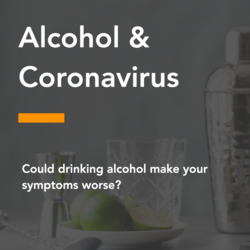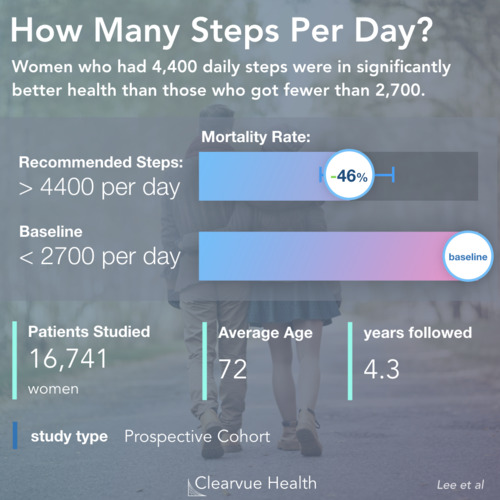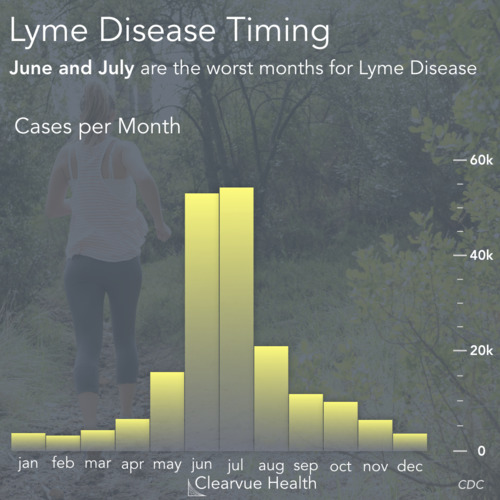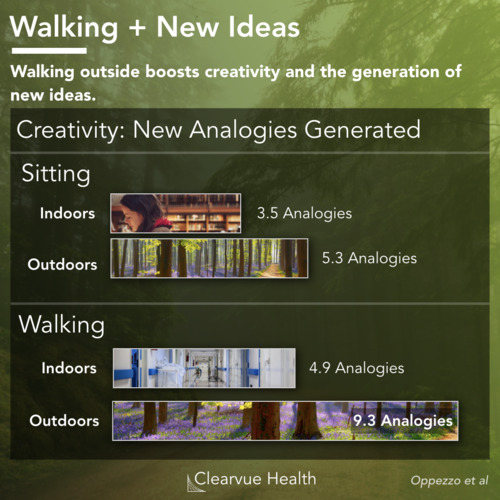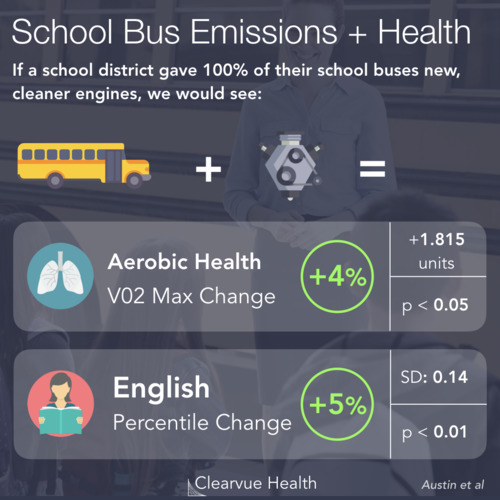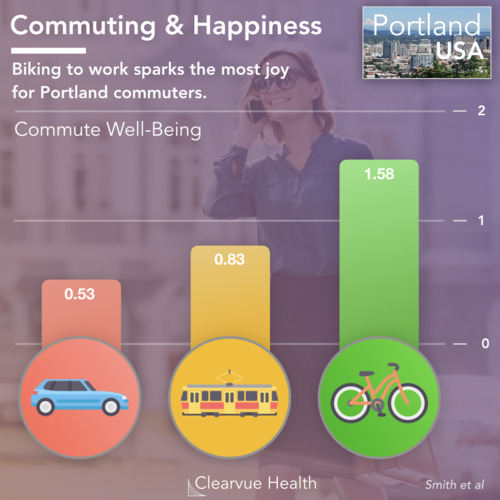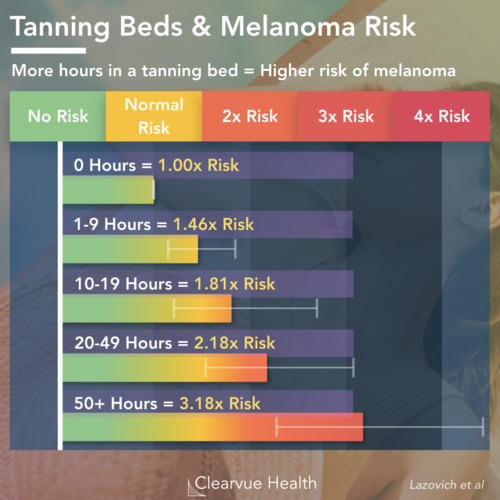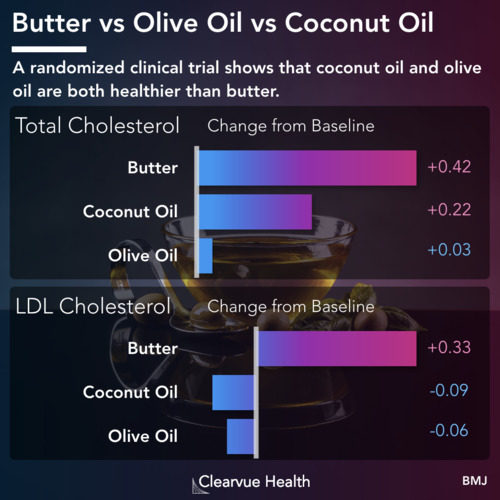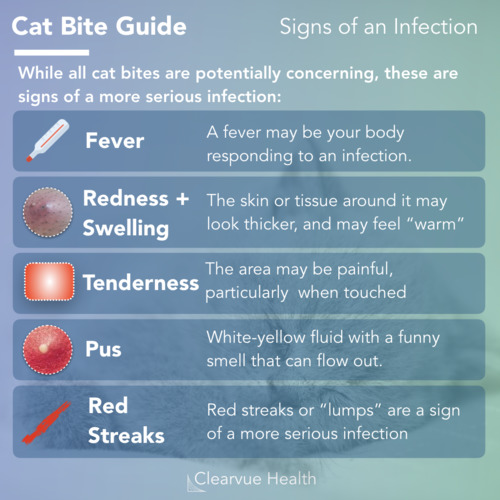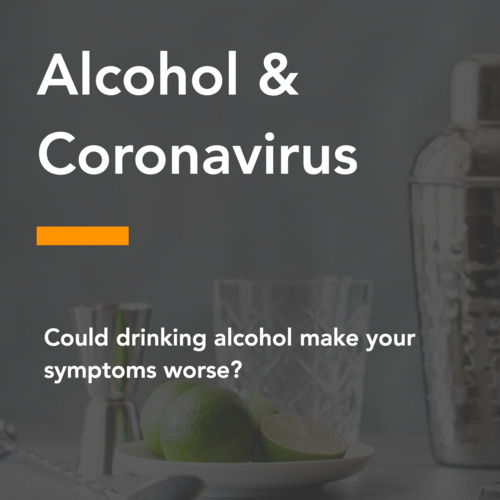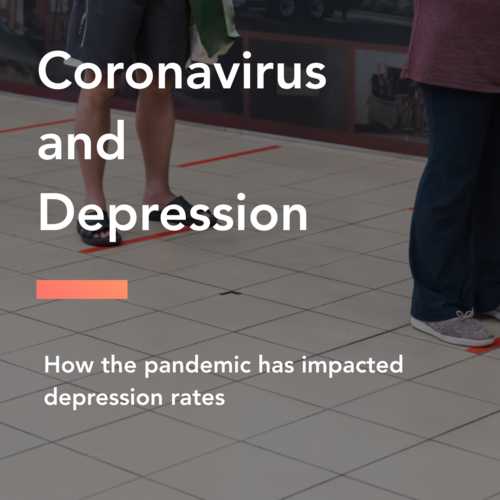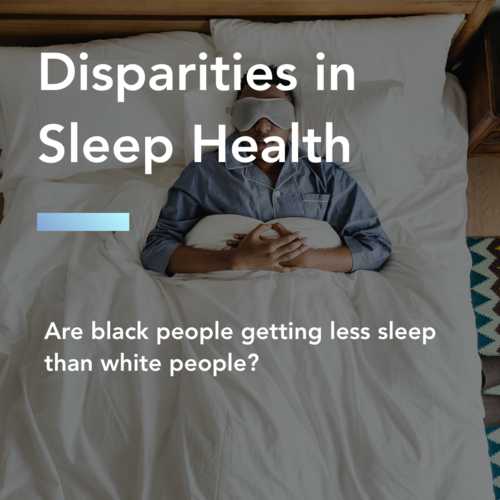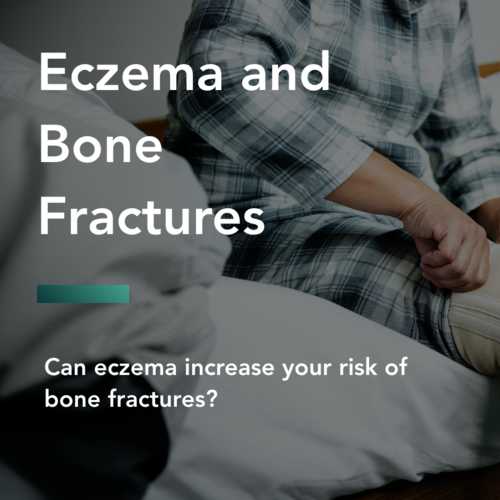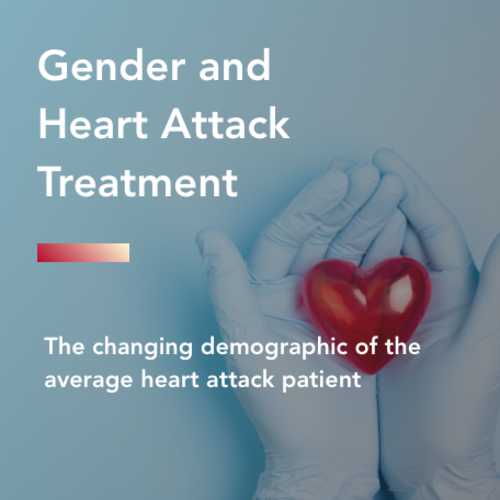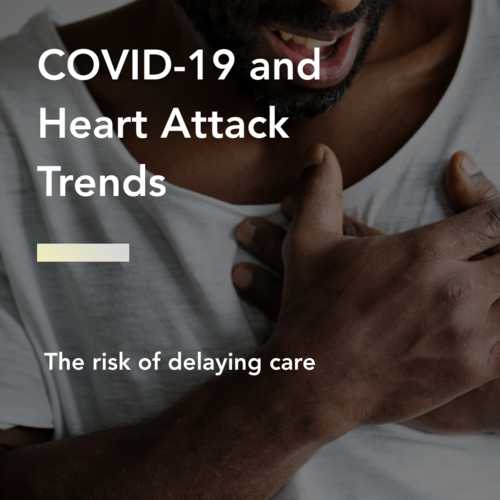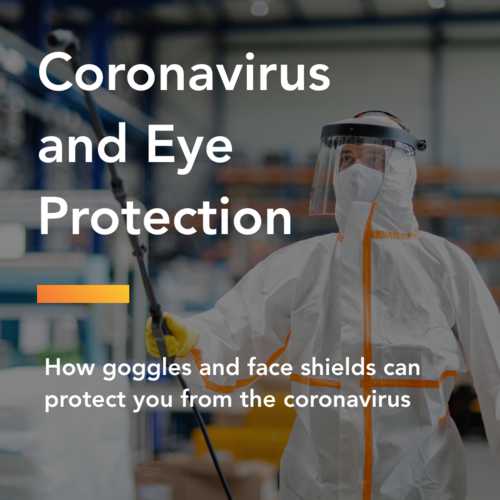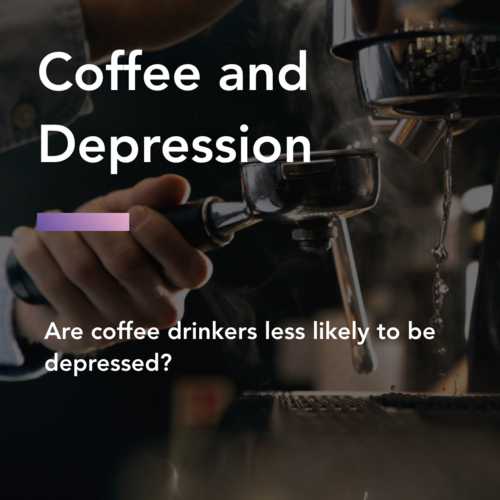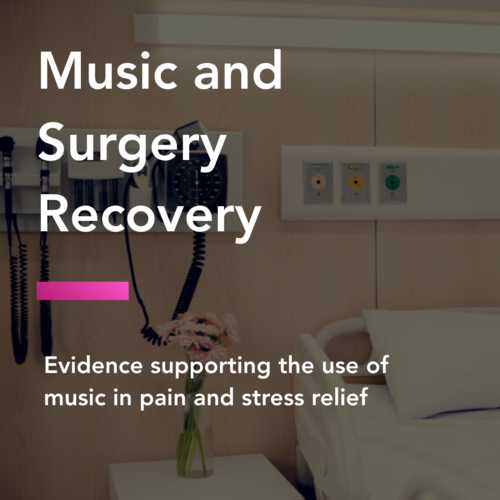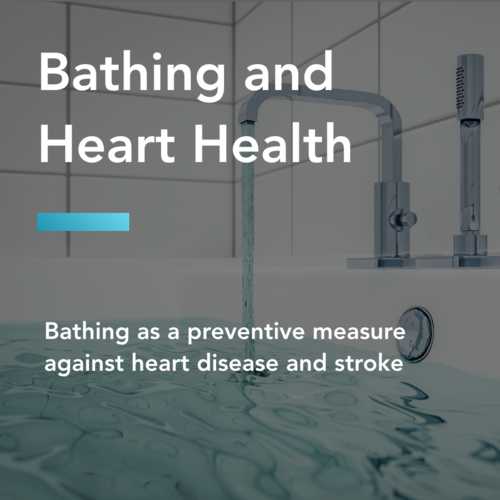Who Gets Injured on a Scooter?
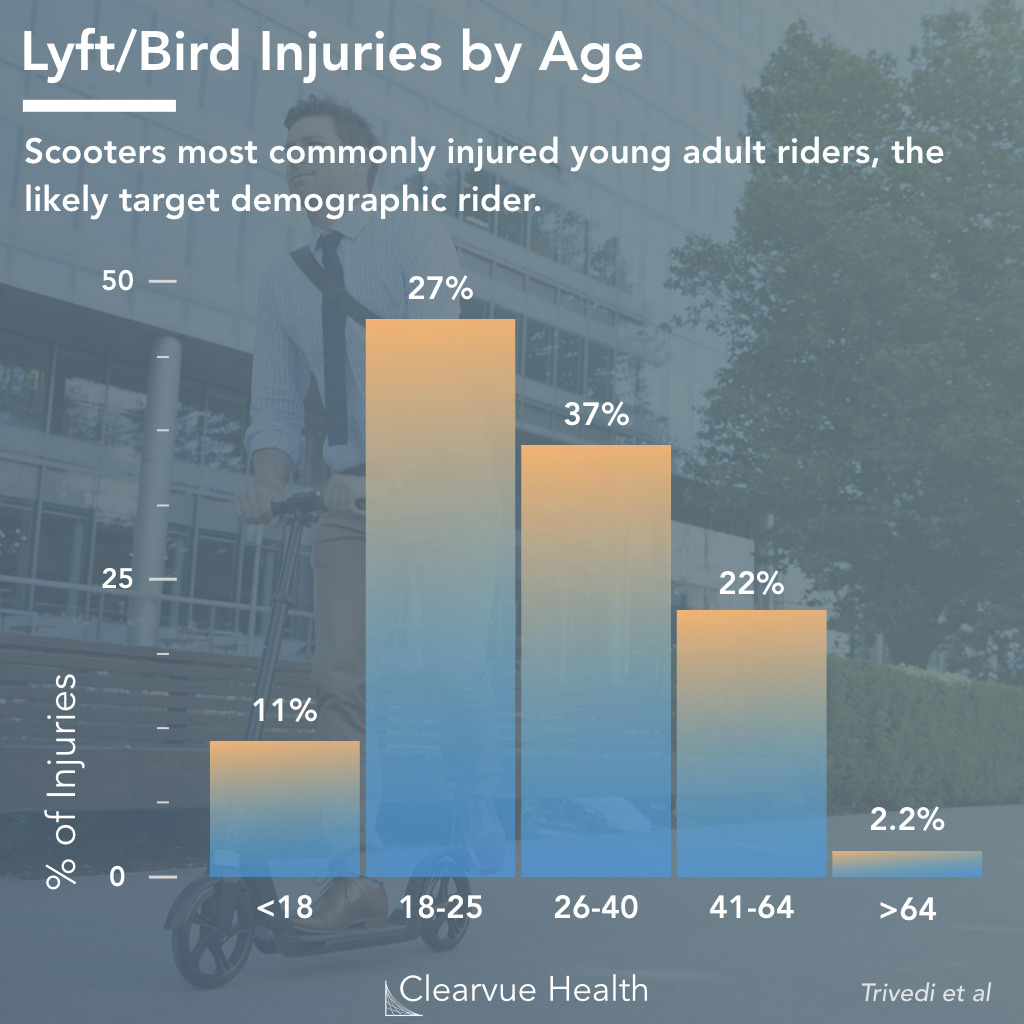
Figure 1: Electric Scooter (Lyft/Bird) Injuries by Age. Most riders who got injured were adults between ages 18 and 40. Around 24% were older than age 40. 11% were young than age 18.
Electric scooters are great fun, but are they safe?
A new study looked at Emergency Room medical records to see who gets injured, how riders get injured, and where riders get injured.
They found that most people who got injured were the riders themselves. (91.6% vs 8.4% of non-riders) Most of the injured riders were younger adults between ages 18 and 40. These are likely the target demographic for these scooters, which are often rented out by tech companies such as Lyft and Bird.
Since this study only looked at riders who got injured rather than riders as a whole, we do not know whether any particular ages are more likely to be injured.
What are Bird/Lyft Scooters?
These are a new and rapidly growing type of electric scooter. Similar to Razor scooters, riders stand on them as they move. The scooters contain a small electric motor and a lithium-ion battery allowing them to propel themselves for over 10 miles at a time. Several start-ups have begun renting these out with app-based networks. They are an exciting potential solution to the "last mile problem" of public transportation. Given how new they are, safety data has been hard to find. Regulations are still under consideration in many parts of the country as more people start riding these scooters.
+
Sample Size - This study used a large enough sample set (249 cases) to show differences between different types of injuries and causes.
-
Descriptive Study - This study examined Emergency Department records to estimate injury statistics. The data could not/was not evaluated for statistical significance.
-
Effect Size - This study was not designed as a statistical study, therefore it's not possible to determine effect sizes.
This scooter study was a descriptive study. These are great ways of quickly collecting and describing data. However, they cannot be used to determine relationships between variables or causal relationships. Common examples of descriptive studies include surveys and market research.
Source: Injuries Associated With Standing Electric Scooter Use
Bystander Injuries from Scooters
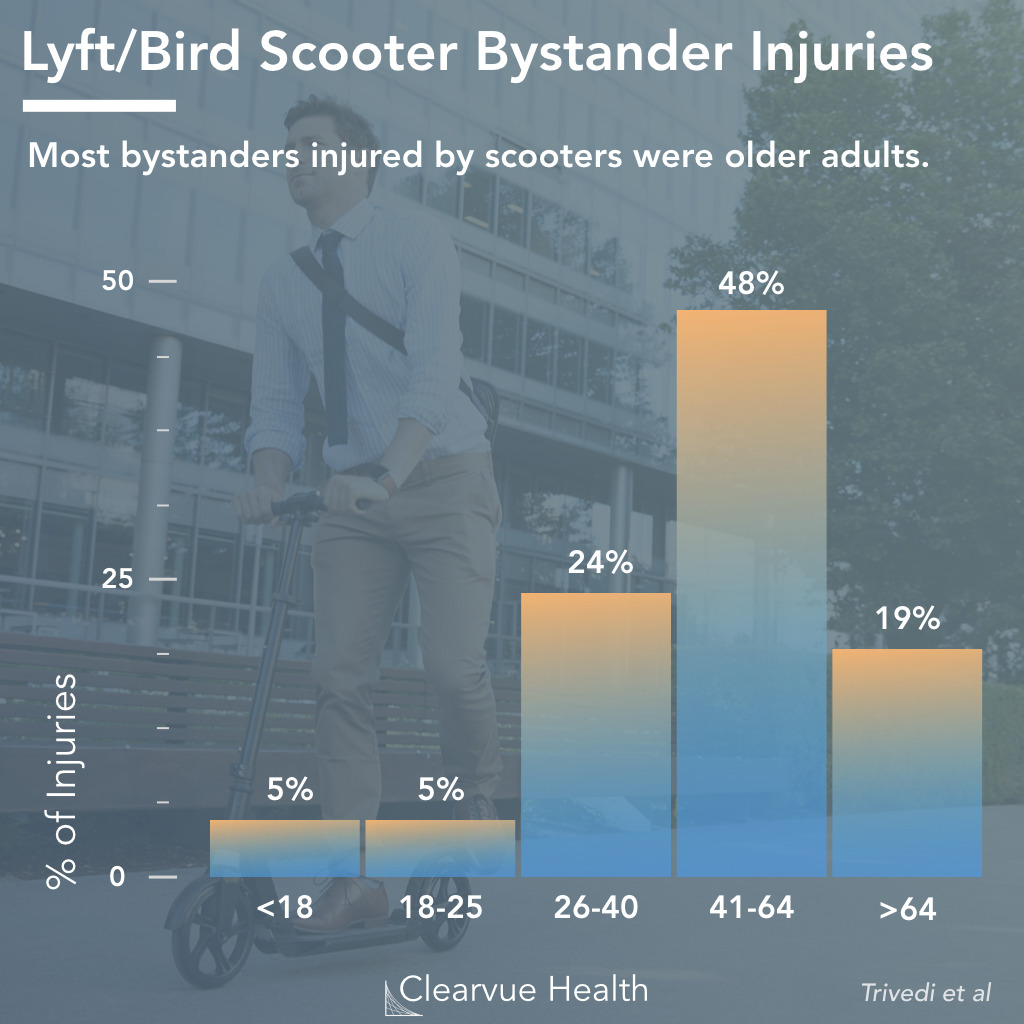
Figure 2: Bystander Injuries from Scooters. 8.4% of those who show up to the ED from scooter injuries were non-riders. Most bystanders injured by scooters were older adults. Unlike scooter riders, most of these patients were older adults. 48% were ages 41-64. 19% were older than 64. Very few were under age 25. (4.8% were under 18, 4.8% were between ages 18 and 25)
Some who went to the ED were bystanders who were injured by a scooter, including people hit by scooters and people who tripped on scooters. These patients were much more likely to be older adults.
Kids and young adults on the other hand were rarely injured as non-riders by a scooter. One possibility is that older adults may have less reaction time to an out-of-control scooter barreling down the sidewalk, whereas kids can easily jump out of the way.
Source: Injuries Associated With Standing Electric Scooter Use
How Scooter Riders get Injured
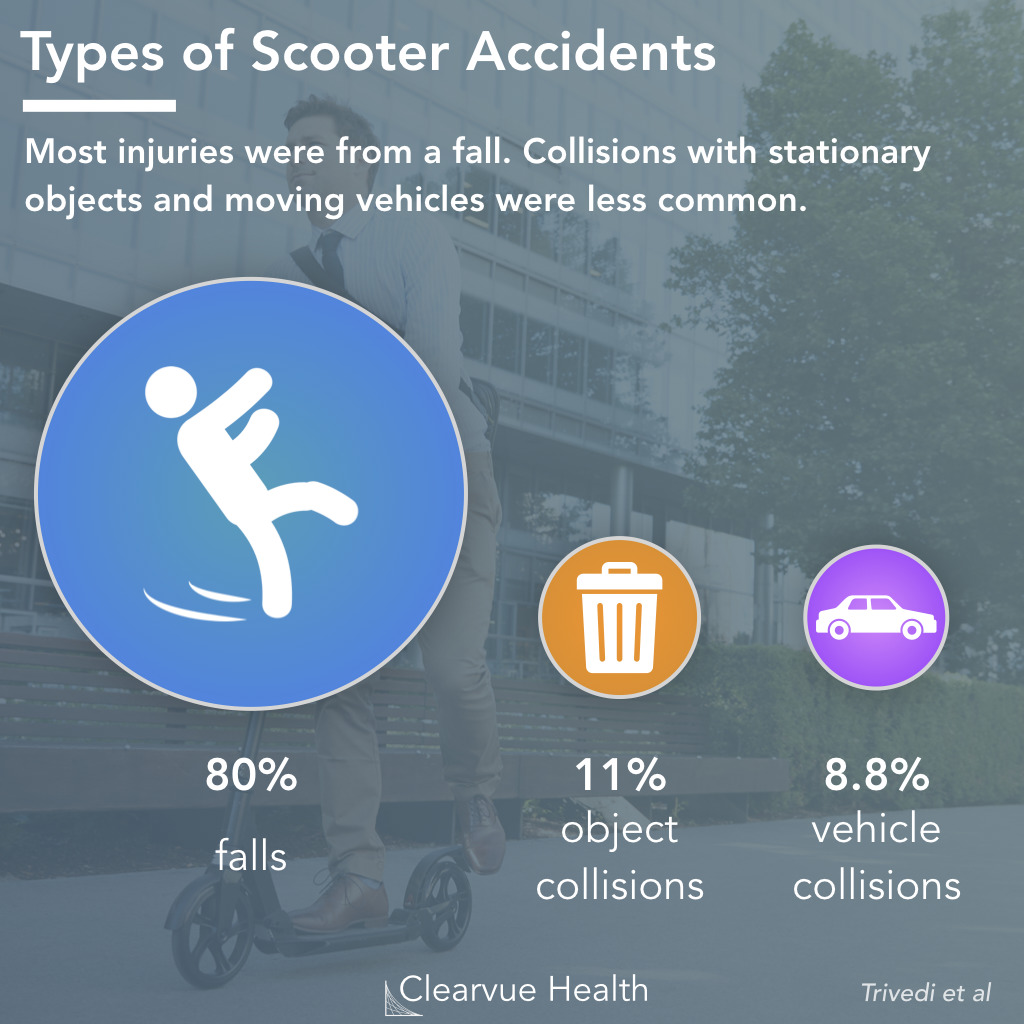
Figure 3: Most Common Accident Types on Scooters. Most injuries were from a fall (80%). Collisions with stationary objects (11%) and moving vehicles were less common (8.8%).
Riders who came into the Emergency Department were most commonly injured by a fall of some type. As with any new type of transportation method, it's understandable that a few may fall on their first few rides. Scooters are easier to learn than a bike, but they can still be risky.
11% of riders had collided with a stationary object. 8.8% collided with a moving object, most likely a car or truck.
Source: Injuries Associated With Standing Electric Scooter Use
Where Scooter Riders get Injured
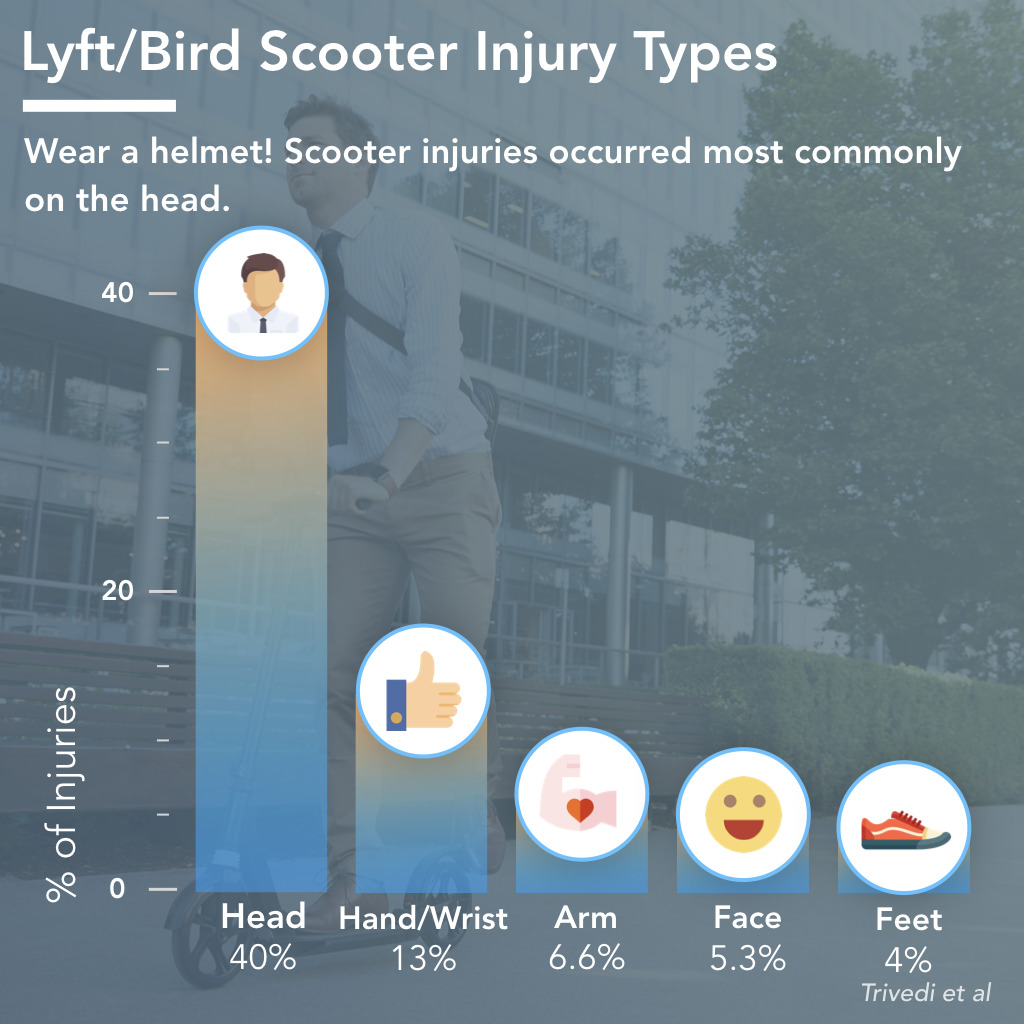
Figure 4: Most Common Injury Locations on Scooters. Wear a helmet! 40% of scooter injuries occurred on the head, 5.3% on the face. 13% were hand/wrist injuries. 6.6% were arm injuries. Feet were the 5th most commonly injured body part at 4%.
Nearly half of all injuries were head and face injuries. As most riders were injured in a fall, this is understandable.
13% were hand and wrist injuries. These may have occurred as riders try to brace themselves as they fall. Arm and and leg injuries were less common.
While serious injuries were relatively rare, they did happen. 5/249 patients had intracranial hemorrhages. 2 patients were admitted to the intensive care unit.
What is an Intracranial Hemorrhage?
Intracranial Hemorrhages are cases of bleeding inside the skull. (Intra: Within, Cranial: The Skull) These are a very dangerous type of injury that can cause significant disability or death. Heavy bleeding can keep oxygen from getting to brain cells and can also raise pressure inside the skull to dangerous levels. Symptoms of intracranial hemorrhages include a sudden and severe headache. Patients can also get weakness, tingling, or paralysis of another body part including the arm, leg, or face.
Source: Injuries Associated With Standing Electric Scooter Use
Key Takeaways
Lyft/Bird Scooters are a great way to get around the city. They're fun, fast, and environmentally friendly. As a descriptive study, these data cannot show how safe or dangerous scooters are. But, they do provide an interesting first look into where and how people get injured.
If you do choose to ride a scooter, be sure to wear a helmet! Over 90% of riders in this study were not wearing a helmet at the time of their injury. Meanwhile, most injuries were to the head and the face.




